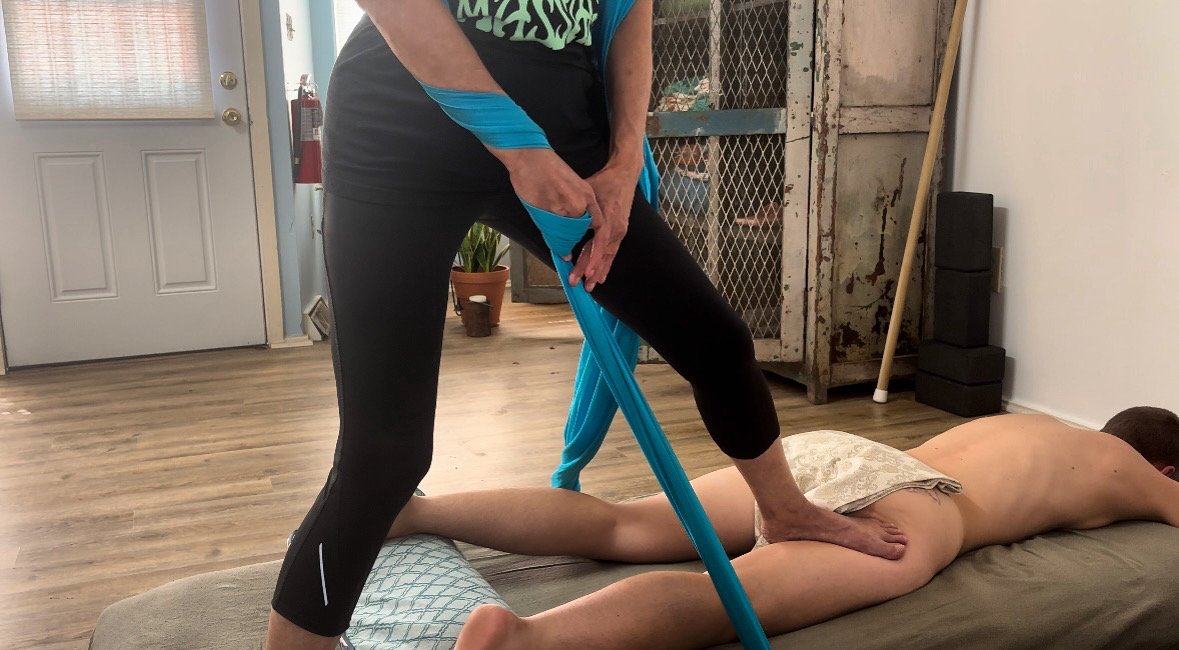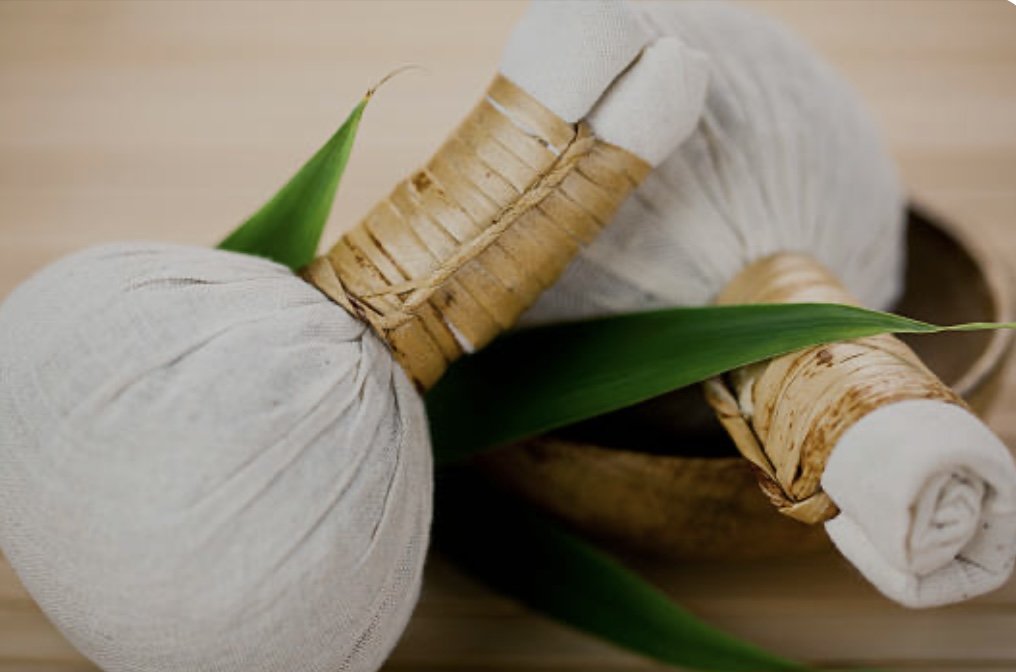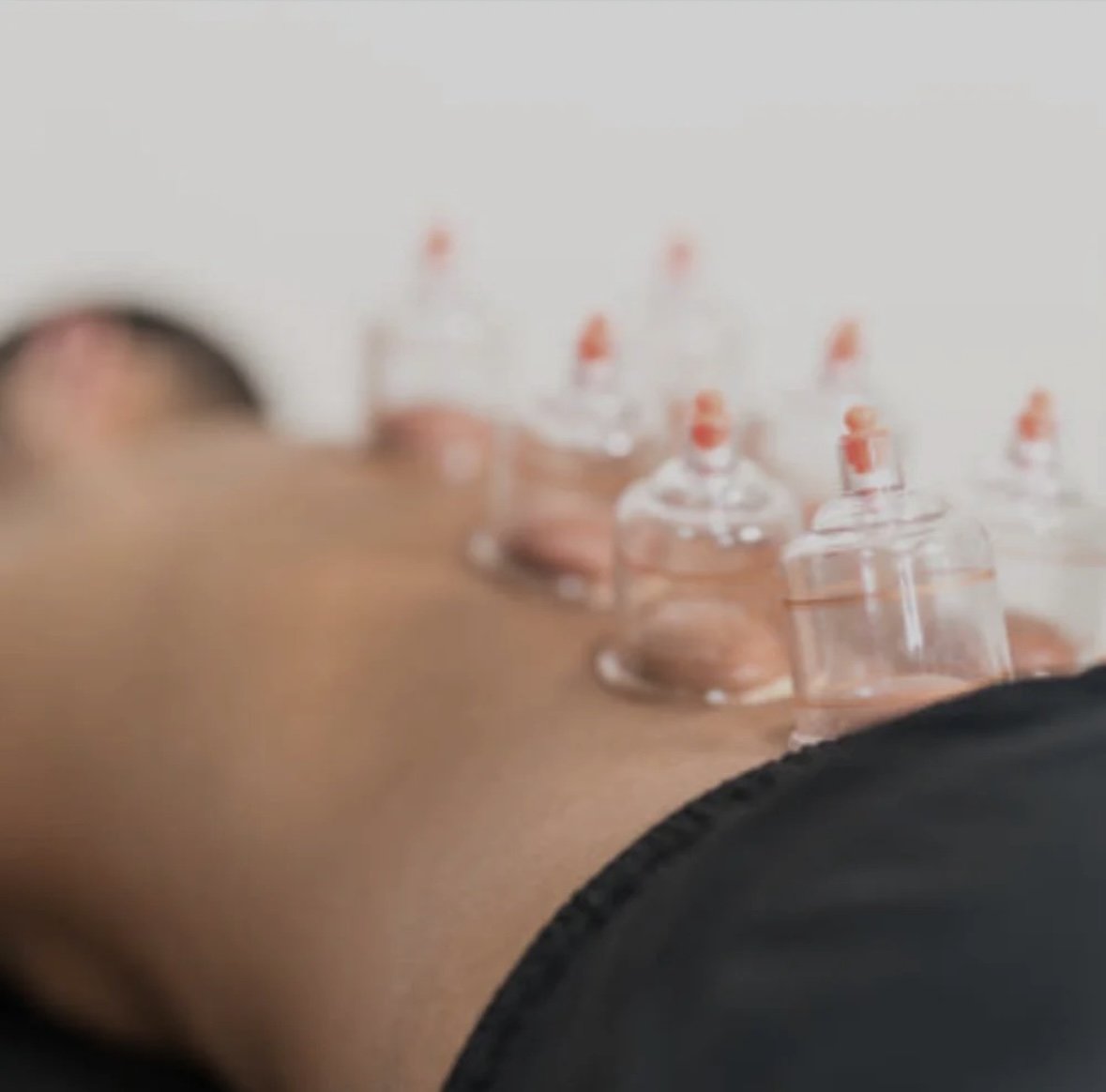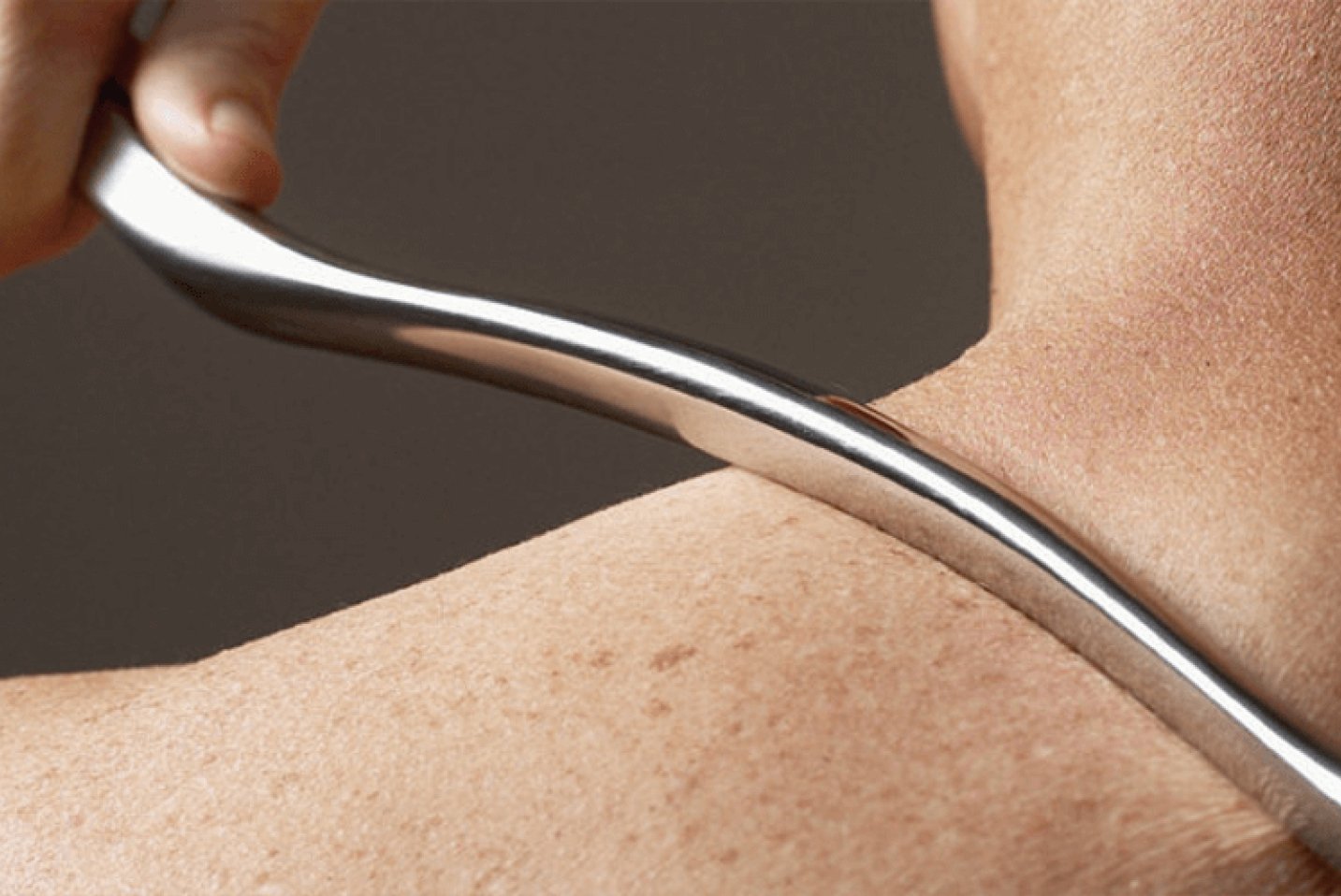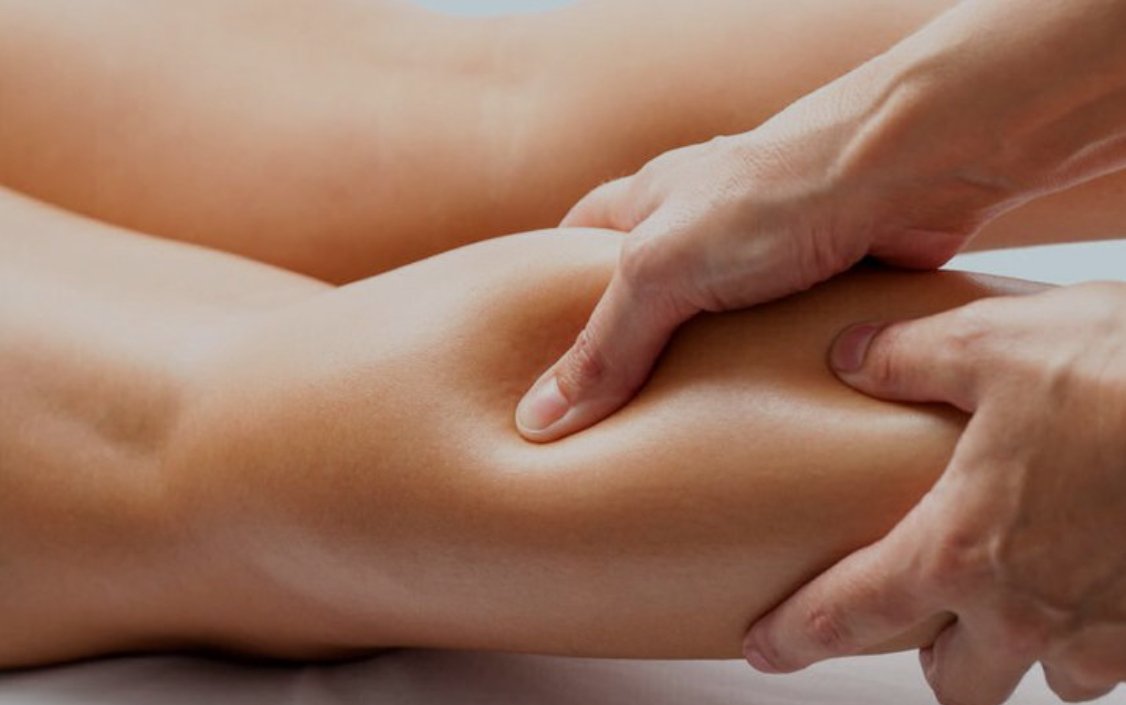Modalities
You may be familiar with the barefoot technique of Ashiatsu but brand new to Sarga Bodywork. Sarga is a newer and less familiar form of barefoot massage and currently I am Pittsburgh’s only certified practioner. As a Certified Sarga Bodywork Practitioner® l have been trained and certified in the safe and effective application of Sarga Bodywork's proprietary barefoot myofascial massage methodology and am qualified to provide this method as a professional service. I utilize a length of fabric fastened to a massage table to aid in delivering therapeutic myofascial and deep tissue techniques with my bare feet. This length of fabric is used for stability and to add tensional and gravitational force to manual therapy methods which aim to facilitate deep relaxation and less restriction in recipients’ bodies.
Myofascial bodywork focuses on fascia, which can be visualized as white fibrous tissue encapsulating red muscle tissue. Fascia is a connective tissue that plays a crucial role in the body's structure and function. It is also highly innervated, meaning it has a direct influence on the nervous system.
By utilizing techniques that specifically target fascia, my goal is to have a significant impact on the nervous system. This approach can be particularly effective in stimulating a parasympathetic response, which is the rest-and-digest state of the body that facilitates a deep sense of relaxation and wellbeing.
Sarga Bodywork
As a barefoot myofascial release massage technique, Sarga breathes new life into the tissue. The therapist utilizes oblique pressure to stretch and melt the fascia and adhesions as opposed to using perpendicular pressure which can be harder on joints. This modality is excellent for musculoskeletal alignment, alleviating chronic pain and improving mobility and range of motion. Sarga is slow moving and utilizes a high-tack cream with less glide in order to achieve a myofascial stretch. Sarga can be done on the floor or on a raised massage table.
Thai Herbal Compress Massage
This Thai technique, traditionally known as Luk Pra Kob, uses heated herbal compress to relieve pain and promote relaxation. Luk Pra Kob translates to “pressing herbal sphere.” The compress is made by wrapping dried herbs, flowers and roots in cotton fabric, steaming the “herbal sphere” and then applying them to the body. The heat and the aromatic properties of the compress improve circulation and respiration along with nourishing and softening the skin.
ASHIATSU THAI MASSAGE
Ashi-Thai is an expression of traditional Thai stretches and compressions that have been modified utilizing the overhead bar system and the therapist’s feet to offer a flowing and rhythmic approach to Thai massage. The client remains fully clothed and the work is done on a massage table as opposed to a floor mat. The therapist is able to maintain a more upright position than is traditional in Thai massage offering the client more personal space. Thai massage is often referred to as assisted yoga or lazy man’s yoga. After an Ashi-Thai session clients will feel illuminated and invigorated all while feeling deeply restored and rested. This work is ideal for athletes and those with restricted range of motion.
Ashiatsu Massage
In the Japanese language “Ashi” translates to foot and “Atsu” into pressure. Ashiatsu is a barefoot massage technique in which the therapist delivers deep, broad, consistent pressure while utilizing their feet and body weight while balancing with overhead bars. The feeling and pace is more similar to a traditional massage than Sarga. Ashiatsu is often refered to as the “big hands” massage because the broad surfaces of the foot are less sharp and pointed in delivering deep pressure compared to the forearm or elbow.
CUPPING MASSAGE
Cupping is a modality that involves suctioning of the soft tissue with glass, plastic or silicone cups. Cupping is an ancient Chinese bodywork practice that promotes the skin’s blood flow, improves local anaerobic metabolism, reduces inflammation, boosts cellular immunity and reduces pain.
IASTM (Instrument-Assisted Soft Tissue Mobilization) Massage
IASTM is a manual therapy technique that uses specialized tools to treat the muscles, tendons and fascia. The tools help break down scar tissue and fascia which can improve blood flow and range of motion, and reduce pain. This work is helpful in treating plantar fasciitis, achilles tendinitis, shinsplints, IT band syndrome, rotator cuff strain and more.
Neuromuscular Massage
This modality, also referred to as trigger point therapy, involves the application of firm, sustained, and controlled pressure over a painful taut band of muscle or tendon with the goal of releasing the tension to foster healing and eventually relieve the pain patterns. A practitioner will utilize their thumbs, forearms, elbows, knees or feet to apply the pressure.

What cIients are saying:
“I’ve had massages in Thailand, Maldives, Spain and my home country of Saudi Arabia, this by far is the most exhilarating experience i’ve ever had. thank you gretchen.”
Alaa
Plastic Surgeon
“So deeply relaxing! It was a very unique experience and I truly loved it!”
Madeleine
Muay Thai Fighter
“This treatment is one of the most effective mediums of tension and pain relief that I have ever experienced. The precision and accuracy are unlike anything else.”
Eli
Percussionist
“The angles and traction the therapist can do are unlike other modalities. It felt like she was able to target some areas way more effectively with her feet and the unique body geometry of standing over the client and using the tension silks.”
Patrick
Massage Therapist
“It was the best bodywork I have ever experienced without question. It was the first bodywork I’ve ever had that felt like it worked.”
Mark
Proud Garbage Collector


